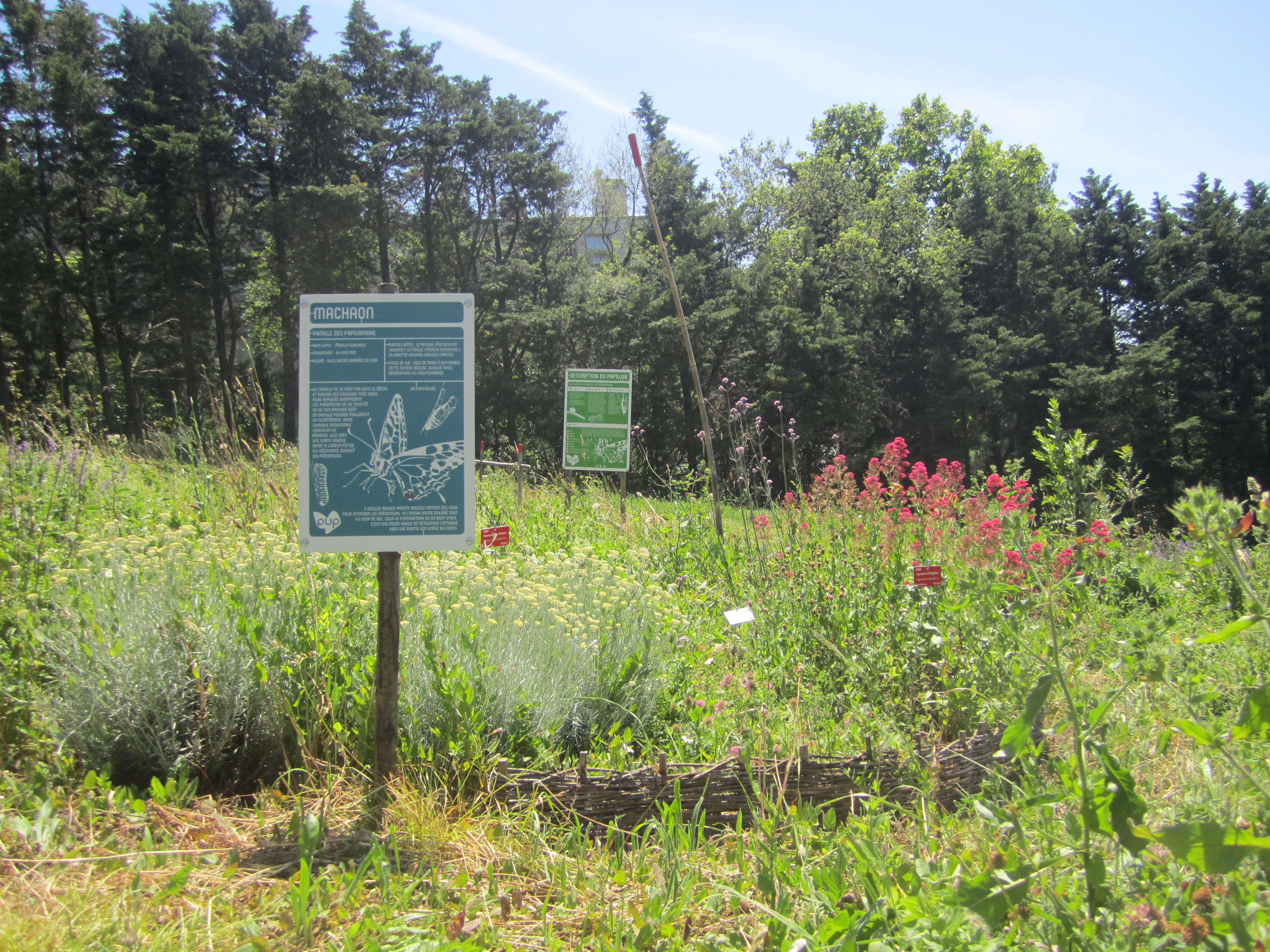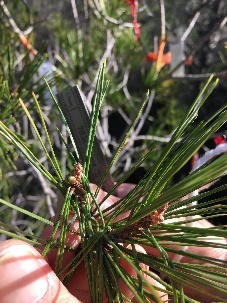monthly
Type of resources
Topics
INSPIRE themes
Keywords
Contact for the resource
Provided by
Formats
Representation types
Update frequencies
status
Scale
-

Communities of Rhopalocera (Lepidoptera) butterflies in 24 urban parks in Marseille Sampling of Rhopalocera communities: 7 to 12 transects in each of 24 urban parks in Marseille every 2 years since 2008. Increasing numbers of cities are currently developing sustainable policies aimed at promoting urban biodiversity and ecological dynamics through the planning of green networks and the implementation of more sustainable management practices. These human activities can strongly influence environmental factors on which the organization of ecological communities at different scales depends. Thus, it is of fundamental importance to understand the relative impact of local management, green space design and landscape features on the distribution and the abundance of species in urban areas. On the basis of 2 years of butterfly surveys in urban public parks within an extensive Mediterranean metropolitan area, Marseille (South-East France), the aim of this paper is to provide a better understanding of the effect of these three environmental scales (plot, park, landscape) on the composition and organization of species assemblages. Using variation partitioning and nestedness analysis on ecological data aggregated at plot-level and park-level respectively, we demonstrate the preponderant effect of landscape scale features on urban butterfly assemblages. Our results also highlight an important co-variation of plot management, park layout and urban landscape features, in their interaction with the community structure of urban butterflies. Although there is no significant species-area relationship, significantly nested patterns arise in species composition. Selective colonization appears as a driving force constraining the constitution of species assemblages within the city. However, a prospective study on adjacent more natural areas suggests that biotic limitations, interspecific competition and habitat filtering may play an important role if a larger portion of the urbanization gradient is explored, which remains to be investigated.
-

Etude de la sécheresse sur la pinède à chêne vert. Suivis des impacts de l’exclusion de pluie (-30%) et d'irrigation (+30%) sur la croissance primaire et la reproduction des pins d’Alep (Pinus halepensis) La station est située en région PACA, à 15 Km à l’Est de Marseille, au sein d’une forêt mixte co-dominée par le Pin d’Alep (Pinus halepensis) et le Chêne vert (Quercus ilex), deux des espèces les plus représentées en région méditerranéenne. Créée en 2007, cette station répond au besoin de mieux comprendre l’impact de l’environnement et particulièrement de la sécheresse sur les bilans d’eau, d’énergie et de matière des écosystèmes dans un contexte de changement climatique. Nous étudions notamment la croissance des feuilles, branches, et des organes reproducteurs ainsi que leurs phénologie tout au long de l'année.
 OSU Pytheas - Data Catalog
OSU Pytheas - Data Catalog